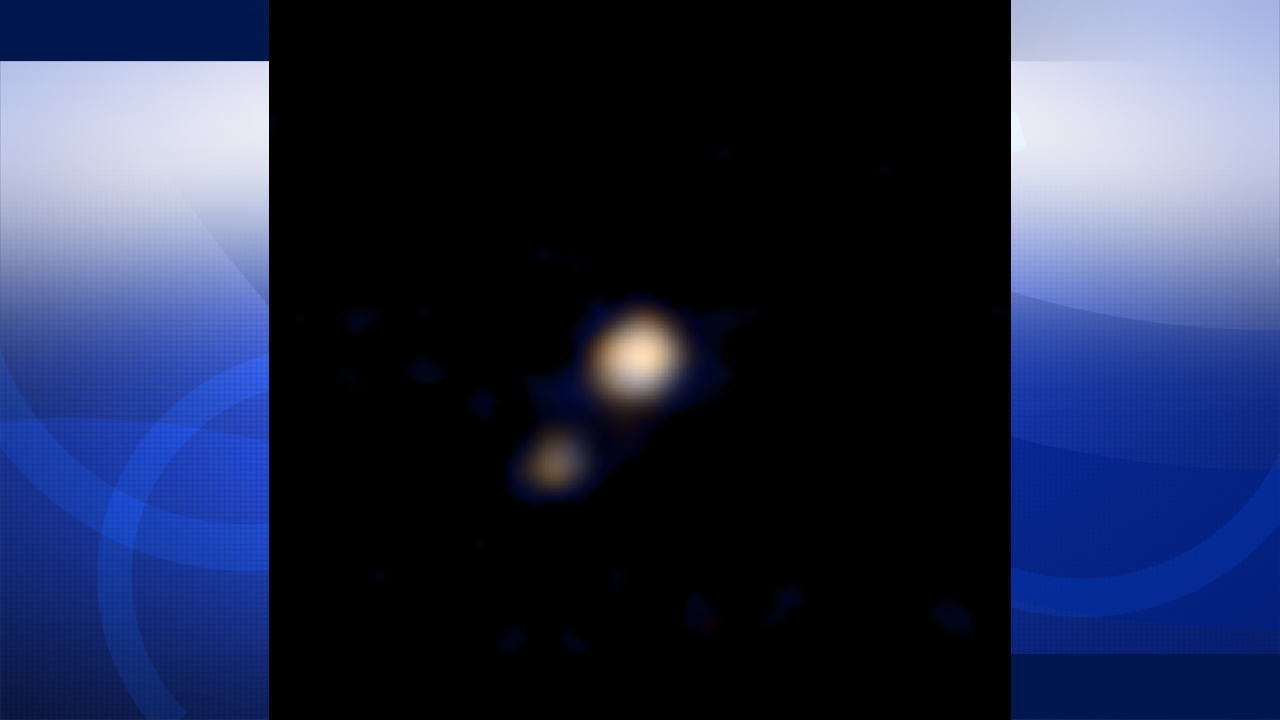NASA unveils amazing new image of Pluto


NASA unveiled its first false-color, close up portrait of Pluto Friday afternoon.
The findings reveal a surprisingly active world filled with glaciers of nitrogen and methane ice.
Another image showing the dark disc of Pluto, with a hazy layer, was especially stunning for scientists.
"This was the image that almost brought tears to the eyes of the atmospheric scientists on our team, who were having to start from scratch to understand what we thought we knew about the atmosphere," George Mason University's Michael Summers said.
VIDEO: Bay Area space buffs celebrate successful Pluto flyby
New Horizons made its closest pass of Pluto ten days ago, coming within 7,800 miles.
More exciting images are on the way. It will take scientists over a year to download all the images snapped by the New Horizons space craft.
NASA's New Horizons flies by Pluto
To read more stories about space, click here.















